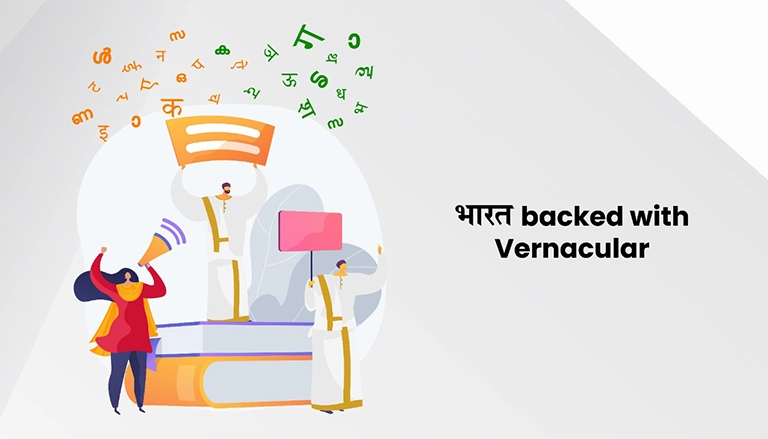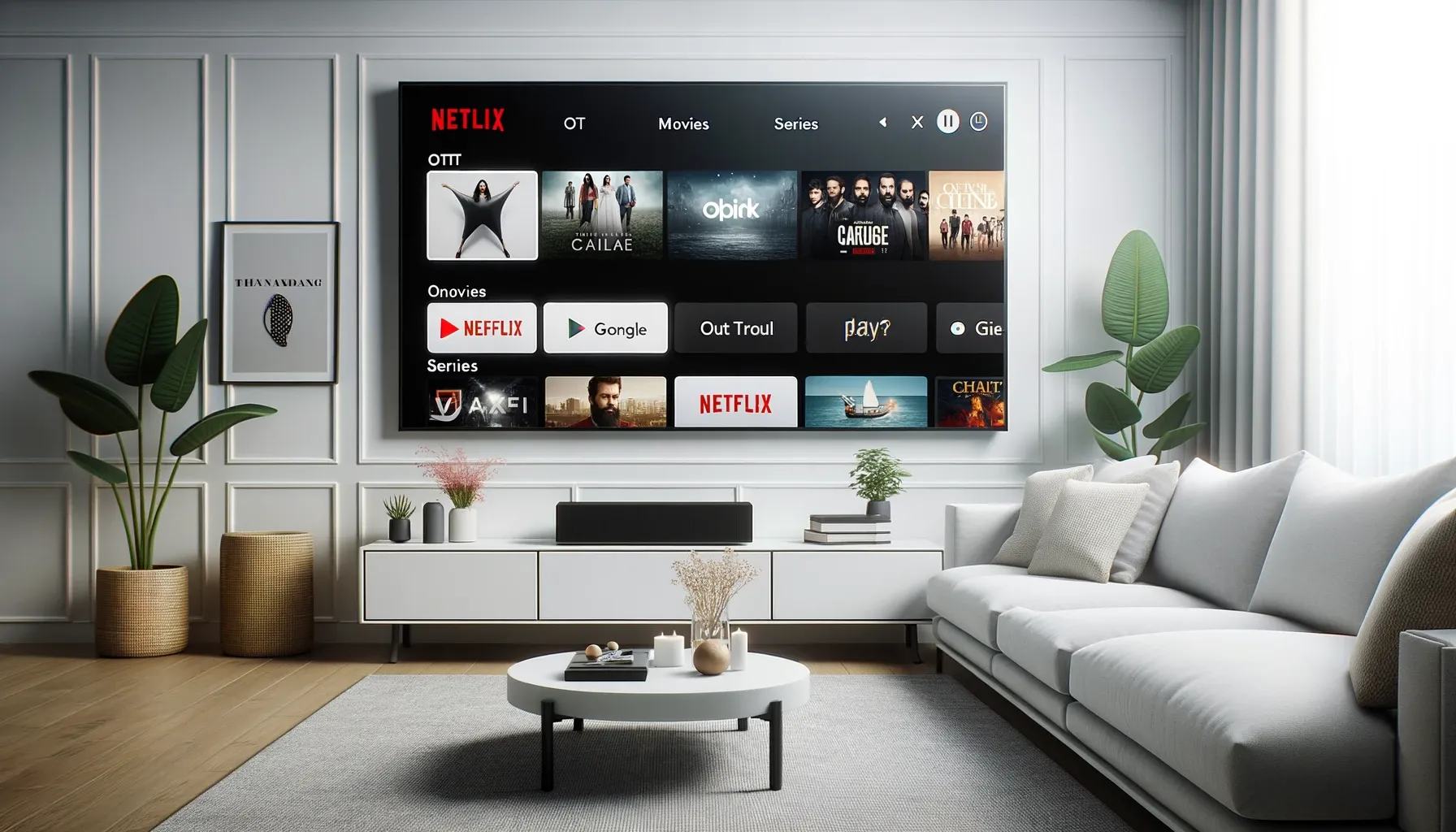Here’s an “Imagine” question to get us started. Put yourself in the position of standing in a part of a country whose भाषा you do not understand. Imagine how अलग और मुश्किल it would be for you to communicate with the natives of that region. A language is an essential tool of communication, and a lack of communication here makes it difficult to stand out in a market that is unfamiliar to you. Media is a ज़रिया of communication that allows informing a wide variety of people about a subject, regardless of their cultures, beliefs, or languages. खबर reaches a large audience using a single language but leaves an untapped दर्शक when spread widely across diverse ranges. The markets are always looking for untapped markets, and it seems like a new opportunity is in front of them.
India backed with Vernacular:

Generally, vernacular languages are spoken by a community or group of people in a particular area. It is language along with culture which preserves पहचान of communities. Vernacular plays an essential role in countries like भारत by catering to people who are located in a different geographical territory of a state or country. There are 121 languages in India, 270 mother tongues, and 22 officially scheduled languages, making it one of the most linguistically diversified countries in the world. In recent periods various elements are leading to reaching the untapped vernacular market in भारत, including technological advancement, better purchasing power, aggressive marketing, political awareness, rise in literacy rate, and expansion of the middle class. बढ़ते हुए internet users in small towns, media markets are expanding, and vernacular languages are becoming more critical. On a vast multilingual platform like India, using regional content creates personalized communication between वियापारी और ग्राहक, which leads to trust and commitment relationships between them. Advertisers have a colossal market to explore and reach the utmost audience.
How is Indian मीडिया opting मातृभाषा?

The Indian media बाज़ार is growing at a good pace. And when it comes to Indian Media, Vernacular now needs to become a front-line player as Indians feel more connected to the अपनी भाषा वाला content than English. Out of 600 Million, about 75% of the Indian netizens prefer regional language content, despite being able to communicate in multiple languages. Everybody and everything has come under the media scanner, be it our political honchos, sports stars, or everyday heroes who triumph despite all odds in life. Advertising योजनायें in Indian languages for TV, print, and other offline media may be familiar to marketers. Still, app and website localization requires an end-to-end approach beyond simple translation. With a significant number of non-English speaking audiences, aspiring digital marketers have an important opportunity to speak the vernacular language. Language-specific content via digital media denotes a new period as new-age websites, and social apps tend to offer brands complete measurability and exposure to a much wider language-first audience. They are actively seeking social media and content apps in this vast market. Brands are likely to benefit through greater audience engagement, broader sales, and overall brand affinity via updating their marketing assets like websites, apps, blogs, support pages, and discussion forums to vernacular optimized in every aspect, including text, image, video, and audio content. Some platforms like Dailyhunt provide news content in 14 languages or Sharechat, allowing users to post and share videos in Indian languages such as हिन्दी, मराठी, मलयालम, and तेलुगू. The USP of these platforms is making vernacular a differentiator. Even large OTT platforms, Hotstar, Zee5, MX Player, Chaupal, and Voot, are investing millions in regional content. 90% of the video content is preferred to be watched in a अपनी भाषा वाला language. Let’s take the case of South Indian content on these platforms dubbed in the local language. The regional content is not booming in a particular region; the whole country is looking forward to it. New perspectives in the entertainment world have been born as these platforms remove language barriers. It is time for a digital revolution to make the most of this opportunity and reap its benefit.

Vernacular Media has a broader reach in India than any other form of journalism due to the diverse ethnic demographics. A brand can not only speak but also listens to its regional audience with effective digital marketing and vernacular content, which will lead to customized communication and build mutual understanding. And lastly, on the cultural parameter, regional media’s proliferation will preserve these languages.








